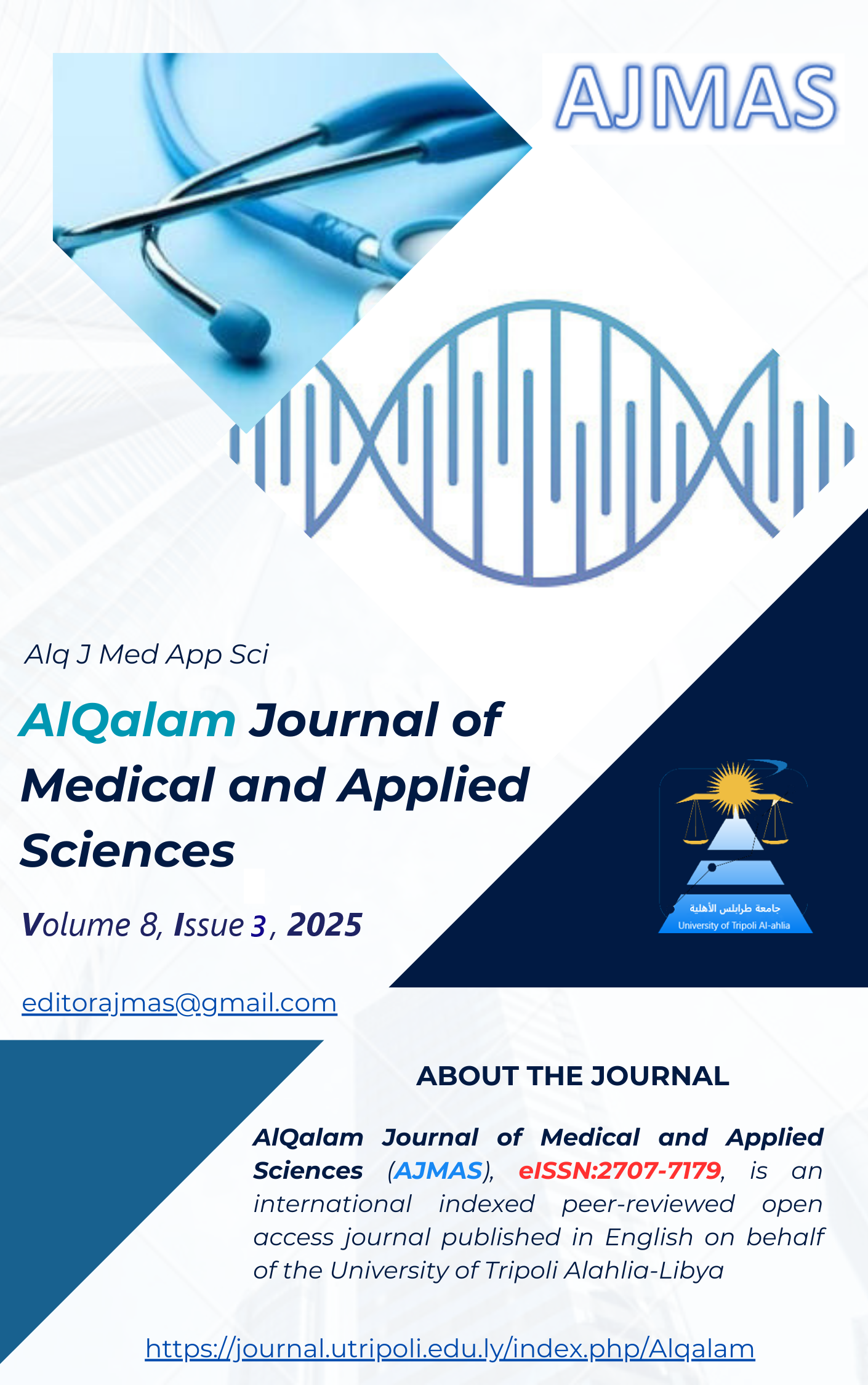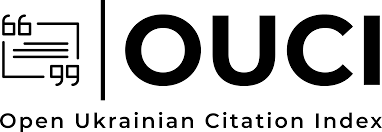The Role of Zirconia in Bioactive Ceramics: Implications for Dental and Orthopedic Regenerative Applications
DOI:
https://doi.org/10.54361/ajmas.258362Keywords:
Zirconia, Yttria-Stabilized Tetragonal Zirconia Polycrystals, Bioactive Ceramics, Hydroxyapatite, Fluorapatite.Abstract
Zirconia (ZrO₂), specifically Yttria-Stabilized Tetragonal Zirconia Polycrystals (Y-TZP), is a highly regarded material in both dentistry and orthopedics due to its remarkable mechanical strength, biocompatibility, and versatility. This paper examines zirconia's applications, especially in the context of bioactive ceramics, highlighting its use in dental restorations and orthopedic implants. Zirconia's high fracture toughness, strength, and unique transformation toughening mechanism make it an ideal material for stress-heavy regions. Additionally, when combined with bioactive ceramics like hydroxyapatite (HAp) and fluorapatite (FAp), zirconia enhances its biological interactions, supporting tissue regeneration and improving material longevity. The research explores zirconia’s critical applications in clinical settings and its evolving role in advancing regenerative medicine. This study provides an in-depth comparison of two widely used all-ceramic materials in fixed prosthodontics: Zirconia and Lithium Disilicate. Both materials are evaluated based on their mechanical properties, aesthetic outcomes, biocompatibility, and long-term clinical performance. Zirconia, known for its exceptional strength and durability, is particularly suitable for posterior restorations, while Lithium Disilicate, recognized for its superior translucency, excels in anterior restorations where aesthetics are paramount. This paper also examines the fabrication processes, bonding characteristics, and clinical considerations necessary for optimal material selection, aiming to guide clinicians in making informed choices that align with patient-specific needs.
Downloads
Published
How to Cite
Issue
Section
License
Copyright (c) 2025 Khaled El-gergeni, Kholod Agela, Bouthina Embarek, Ebtihal Abu-Aboud Alsbani

This work is licensed under a Creative Commons Attribution 4.0 International License.















